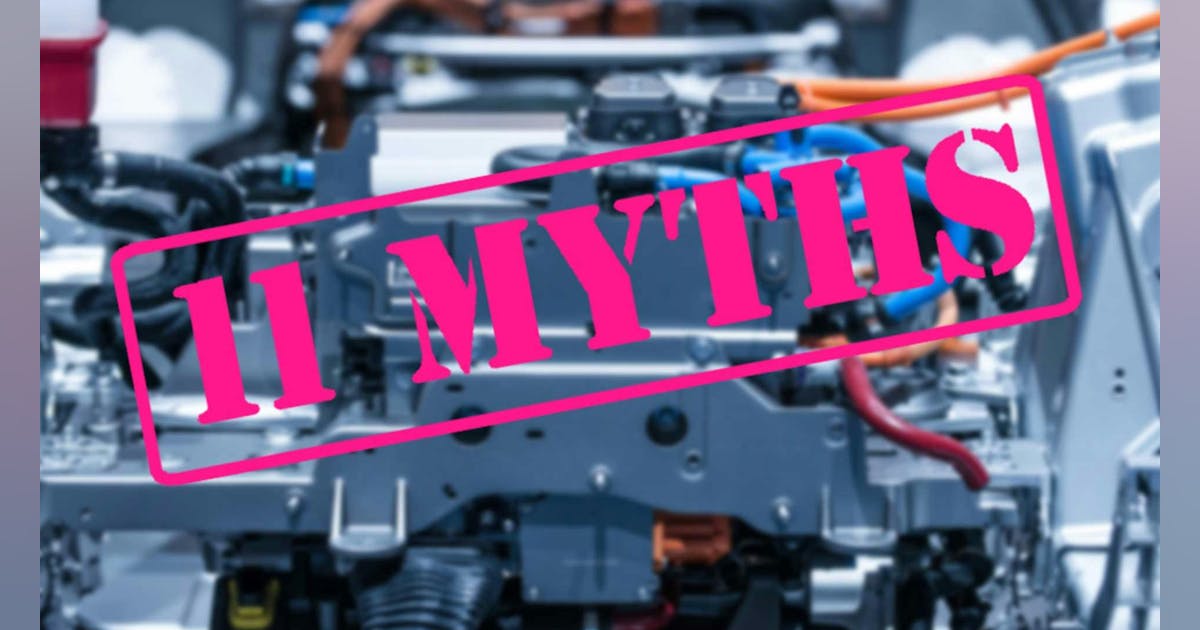4. E-fuse and a semiconductor fuse are one and the same.
While both are designed to protect sensitive electronic loads, the technology behind them is quite different. A semiconductor fuse is a fuse with a low I2t rating and low let-through current. The term “semiconductor” in the name describes the type of load it’s optimized to protect. An e-fuse is an electronic fuse consisting of semiconductors, including control and measurement circuits, high-voltage switching devices, and, optionally, software for configurability and diagnostics.
In addition to using completely different technologies, a blown semiconductor fuse requires replacement since it’s a one-time-use device, while an e-fuse is a resettable device that doesn’t need to be replaced in a system. Despite a semiconductor fuse having a faster response time over traditional fuses, it’s still orders of magnitude slower than an e-fuse.
5. E-fuse isn’t robust to short-circuits.
To the contrary, other protection devices are triggered by the consequence of a high short-circuit current, such as heat, while an e-fuse is an electronic solution that directly measures the current itself, not a secondary effect of the current. This provides fast, precise, and deterministic responses to overloads and short-circuits.
6. E-fuse is only relevant in automotive applications.
While e-fuse is beginning to gain traction in automotive, several non-automotive applications are migrating to solid-state protection technologies. Any battery-powered system or system powered by a low-impedance energy source that can deliver high currents will benefit from an e-fuse solution. Beyond electric vehicles, a SiC-based e-fuse protects many different applications from microgrids to aviation systems to distributed energy resources.
7. E-fuse circuit protection can’t be used in safety applications.
An e-fuse can further enhance the safety of a system. With its superior current-measurement accuracy, the low let-through current and energy reduce the severity caused by a downstream fault. There are no internal moving parts that could result in arcing within the device due to its solid-state design.
The fast response time reduces and may even eliminate the risk of arcing in loose connections within the system. In addition, an e-fuse quickly isolates faulted loads, allowing the rest of a system to continue stable operation.
8. E-fuse isn’t as reliable as fuses, circuit breakers, and relays.
Circuit-protection devices and electromechanical power disconnect switches typically require service during the lifecycle of a device or system. They may be one-time trip devices that need user intervention to manually reset, or they simply require service due to their limited life. These traditional solutions suffer from degradation due to mechanical shock, vibration, contact bounce, and contact oxidation from insufficient wetting current.
On the other hand, e-fuse is resettable and doesn’t exhibit degraded reliability from mechanical stresses. An e-fuse interrupts short-circuits at significantly lower currents, minimizing the stress in the downstream circuit that it’s protecting. A system protected by an e-fuse increases system reliability by using fewer system-level components, which reduces the risk for defects or failures.
9. E-fuse doesn’t offer compelling advantages over existing solutions.
While existing solutions generally have a lower voltage drop and power dissipation than an electronic solution, an e-fuse outperforms existing solutions in nearly every other relevant category. The fast response time, resettable capability, high temperature operation, and solid-state design were covered above. Other benefits include superior performance in DC systems, controllability including pulse-width-modulation (PWM) capability, system measurement, and monitoring for both functional operation and state-of-health diagnostics.
For systems using a pyro fuse with fast response time and high breaking capacity, an e-fuse complements the pyro fuse quite well. With a much faster response time, an e-fuse limits the pyro fuse’s exposure to a short-circuit, allowing it to only be used as a last resort.
10. E-fuse is difficult to implement.
An e-fuse is a design based on established electronics design practices. Microchip offers design support tools such as a high-voltage E-Fuse Demonstrator Board and its design files, including software, to help designers in the development of their e-fuse solution (Fig. 2).






